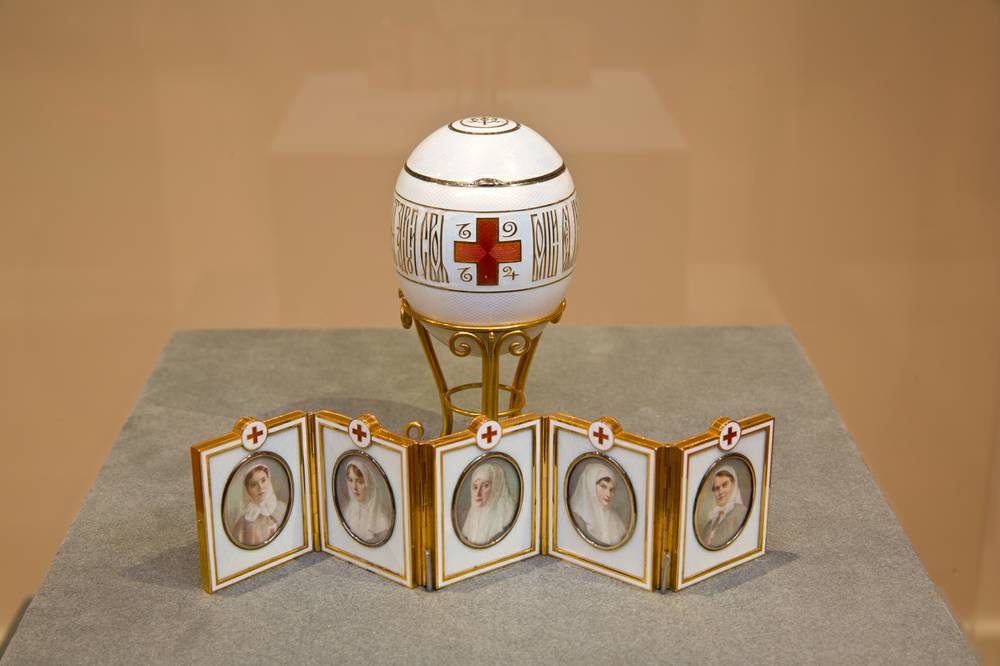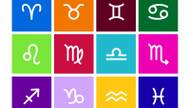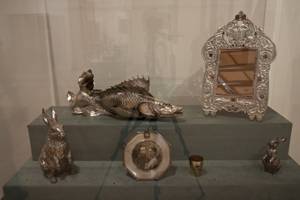It’s one thing to imagine an over-the-top, elaborately decorative enamel bowl with panels that portray Russian aristocracy, and another to physically bear witness. That alone might be one possible reason the Fabergé collection at the Virginia Museum of Fine Arts is what visitors ask for most.
Dripping in opulence, decadence, excessive ornamentation and extreme wealth, the objects from the House of Fabergé offer a loaded glimpse into the mind-set of Russia’s Imperial Romanov family and to a time of artisans when a single Russian company handcrafted more than 150,000 one-of-a-kind items for ridiculously well-heeled patrons.
And that decorative bowl? Made of silver gilt, enamel, garnet and Siberian hardstone and titled “The Loving Cup,” it’s among more than 200 objects in Fabergé Revealed at the Bellagio Gallery of Fine Art. The exhibit is on tour from the Virginia Museum of Fine Arts.
For all the well-deserved hoopla over the famous Fabergé Easter eggs, symbolic for their ostentation and expense during a time when impoverished Russian citizens went hungry, there’s so much more to craftsmanship to consider, like the ability to create perfection in parasol and cane handles or hammer out 10th-century Kiev knights on horses (demonstrating power and brute force while busting out from a silver drinking vessel). But the eggs (four in this exhibit) are pure eye candy, elaborately decked with enamel, gold and diamonds, each filled with an inventive surprise for the recipient, whether it’s a miniature sculpture or foldout framed paintings—portraits or landmarks.
The commissions began when Tsar Alexander hired Fabergé to make an Easter egg as a gift for his wife in 1885. It became a mostly annual tradition followed by Nicholas II until 1917, when the Romanov family was removed from power and executed. Until, then, Fabergé, who was named Supplier by Special Appointment to the Imperial Court, was responsible for furnishing the royal family with impeccably crafted jewelry, religious items and small sculptural objects.
Woven in with the collection at Bellagio are images and text of the House of Fabergé, enamel and silver production, Russian orthodoxy and the fall of the Romanov dynasty.
Fabergé Revealed Through May 25; daily, 10 a.m.–8 p.m., $12-$17. Bellagio Gallery of Fine Art, 702-693-7871.








